Molten forces: Harry Allen and Esque combine glass and metal to novel effect
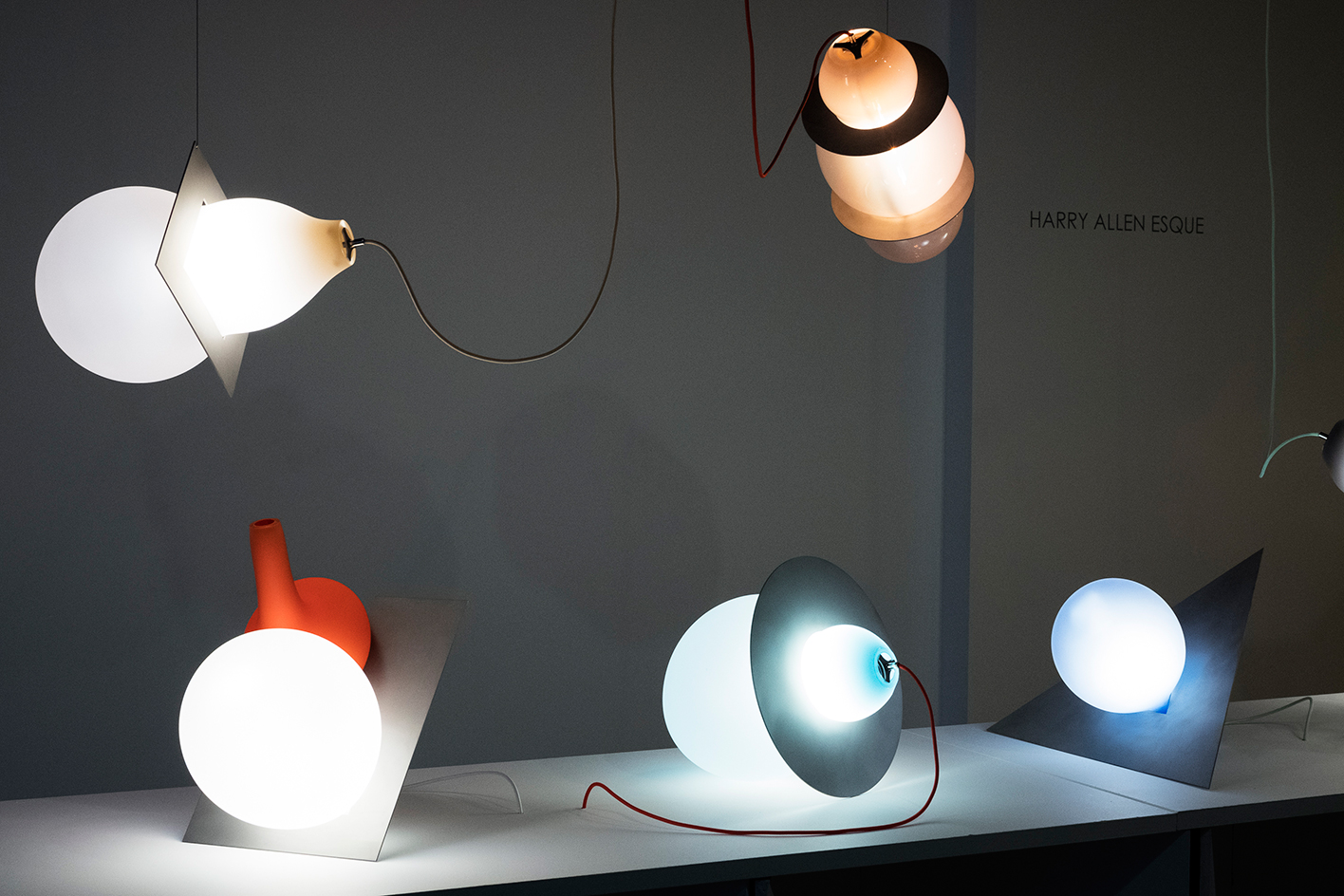
When Portland, Oregon-based glassblowers Andi Kovel and Justin Parker met Harry Allen at ICFF in 2005, they were surprised to hear that the New York design stalwart was a fan of their work. They shouldn’t have been. Rooted in functional, concept-based expressions that defy traditional notions of glass art, Kovel and Parker’s craft reflects their history at Brooklyn’s UrbanGlass—where they worked as artists-for-hire for the likes of Maya Lin, Kiki Smith and Matthew Barney before moving West and founding their studio, Esque.
Collaborative by nature, they asked Allen if he’d ever worked with glass. ‘I was doing all these cast objects, and they were making super sick shapes,’ Allen remembers. They joined forces to create the 'Grid Bubble' series, where ivory-coloured glass spills out of metal cages, and presented them at Allen’s then-new showroom in New York’s Lower East Side.
A decade later, their second collection builds on the first with simpler shapes that give way to gloriously strange results. On view at Heller Gallery, 'Harry Allen Esque' comprises some two dozen vases and lit sculptures, some hung from the ceiling with near-invisible wire. Glass was blown directly into circular, square and triangular cutouts of stainless steel, which constricts and supports each vessel to form a unified whole.
‘Metal is the complete opposite of glass: it’s hard, cold, and noisy, while glass is clean and soft,’ Kovel says. ‘We’ve managed to marry them in a way where they are totally interactive and dependent on one another.’
The objects were made two months ago in Esque’s studio. All three pairs of hands are visible in each: Parker, a master gaffer (the main glassblower), was in charge of blowing. Kovel picked glass colours and forms, while Allen chose the metal frame and suggested how it might hang. Glassblowing’s unpredictable nature produced a few hurdles. Instead of staying in place when put onto molten glass, the heavy metal frames kept sliding toward the bottom. The glass kept blowing into spheres, forcing the trio to decipher how to make it do other, more interesting things.
Once complete, the whole thing had to go into the annealer, an oven that cools the glass, which turned the metal a purply orange hue. ‘In glassblowing you start with an idea, but the process designs it,’ Kovel says. They named the pieces using acronyms of each piece’s formal characteristics: 'MSHP' (Medium/Square/Hanging/Peach), 'RSUTWP' (Rectangle/Square/U/Table/White/Persimmon), and so forth.
While people have blown glass into metal before, few have managed to chart new aesthetic territory. ‘The aesthetic almost comes from somewhere else,’ Allen concludes. ‘It has everything to do with us, and nothing to do with us. It’s the sum of all the parts we set up.’
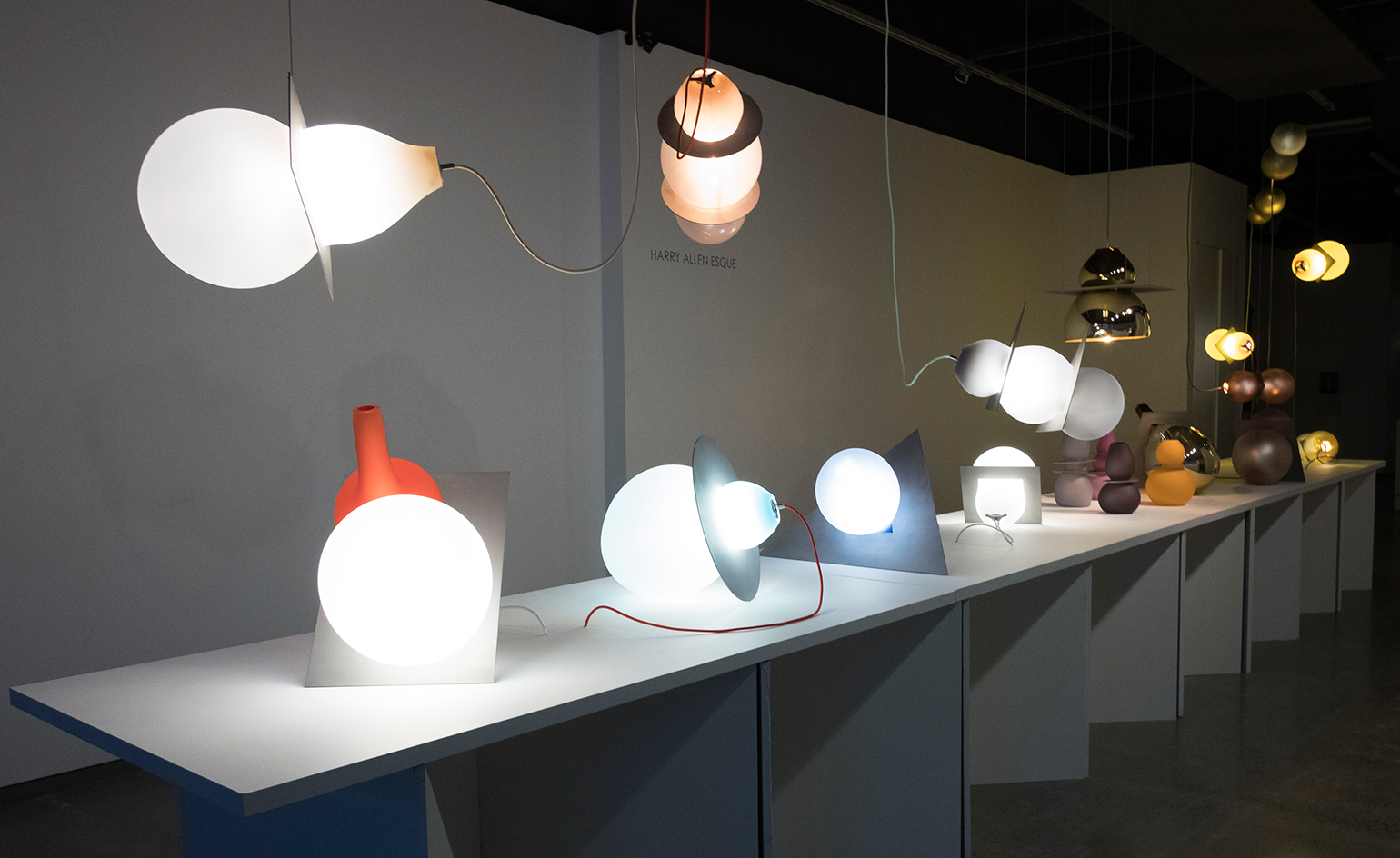
On display at New York's Heller Gallery, the pieces are made by blowing glass directly into circular, square and triangular cutouts of stainless steel, which constricts and supports each vessel to form a unified whole
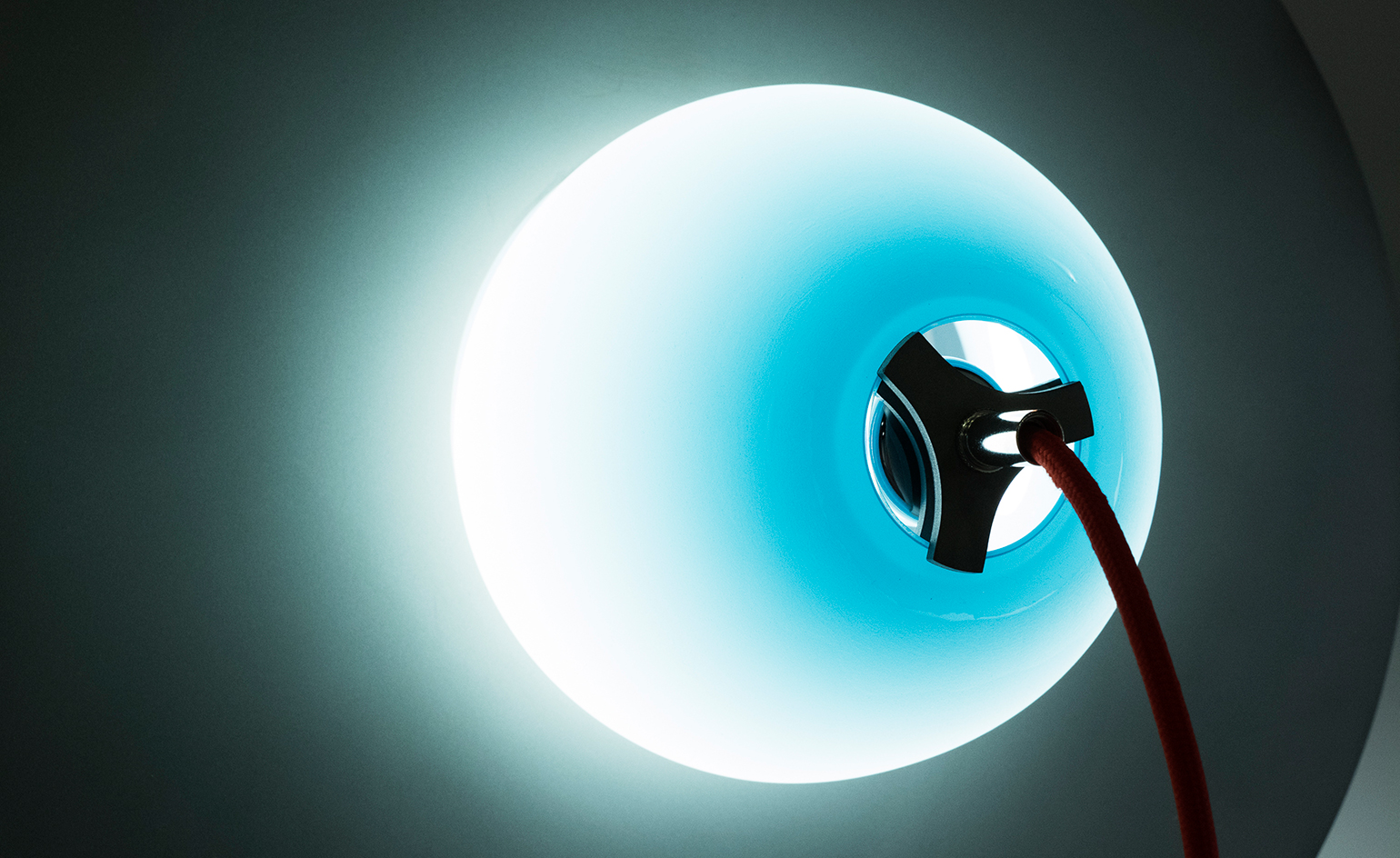
‘Metal is the complete opposite of glass: it’s hard, cold, and noisy, while glass is clean and soft,’ says Andi Kovel of Esque. ‘We’ve managed to marry them in a way where they are totally interactive and dependent on one another’
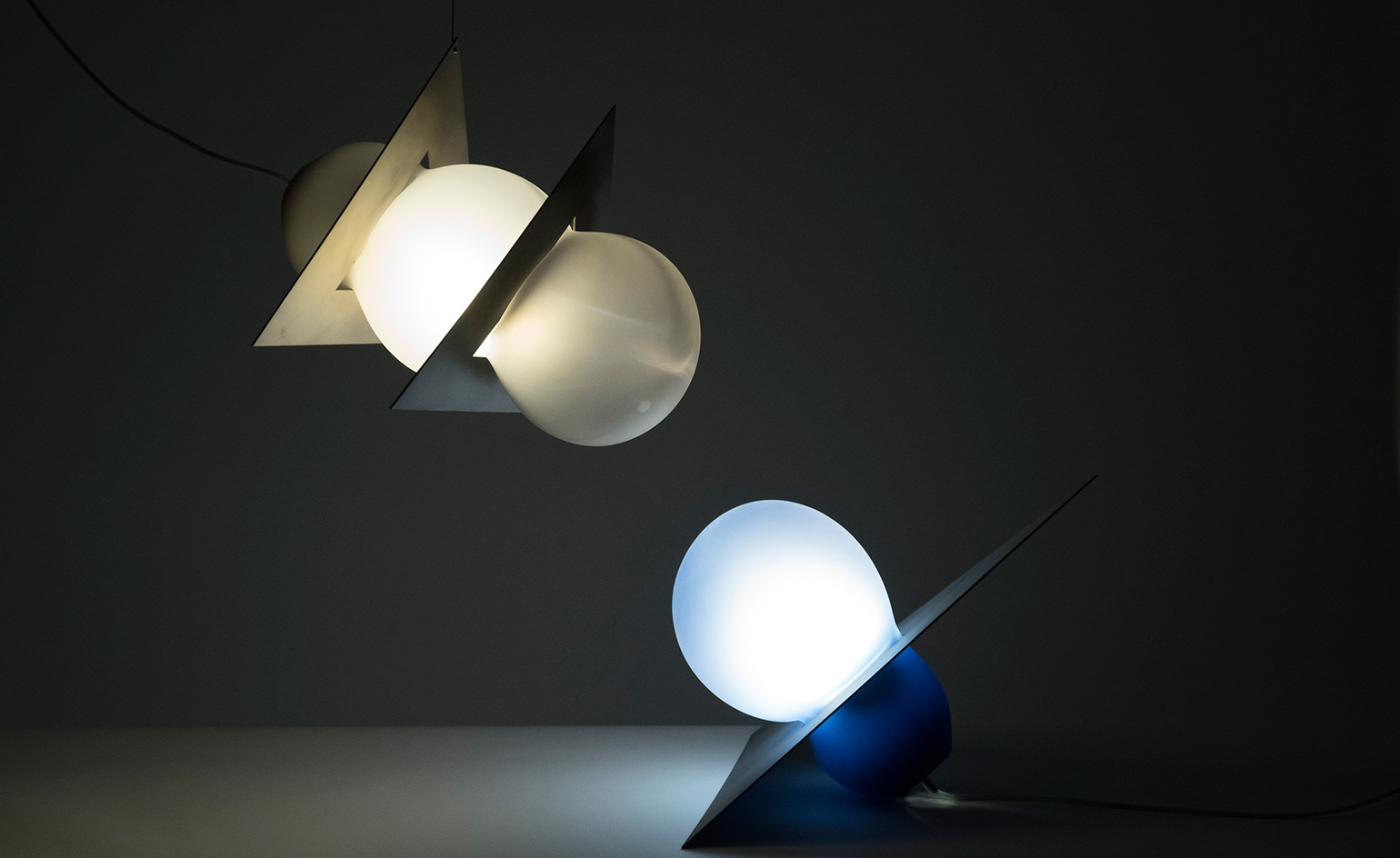
All three pairs of hands are visible in each: Parker, a master gaffer (the main glassblower), was in charge of blowing. Kovel picked glass colours and forms, while Allen chose the metal frame and suggested how it might hang

While people have blown glass into metal before, few have managed to chart new aesthetic territory. ‘The aesthetic almost comes from somewhere else,’ Harry Allen says. ‘It has everything to do with us, and nothing to do with us. It’s the sum of all the parts we set up’
INFORMATION
‘Harry Allen Esque’ is on view until 28 May. For more information, visit the Heller Gallery’s website
Photography: Rune Stokmo
ADDRESS
Heller Gallery
303 10th Avenue
New York, NY 10001
Receive our daily digest of inspiration, escapism and design stories from around the world direct to your inbox.
-
 At the Holcim Foundation Forum and its Grand Prizes, sustainability is both urgent and hopeful
At the Holcim Foundation Forum and its Grand Prizes, sustainability is both urgent and hopefulThe Holcim Foundation Forum just took place in Venice, culminating in the announcement of the organisation's Grand Prizes, the projects especially honoured among 20 previously announced winning designs
-
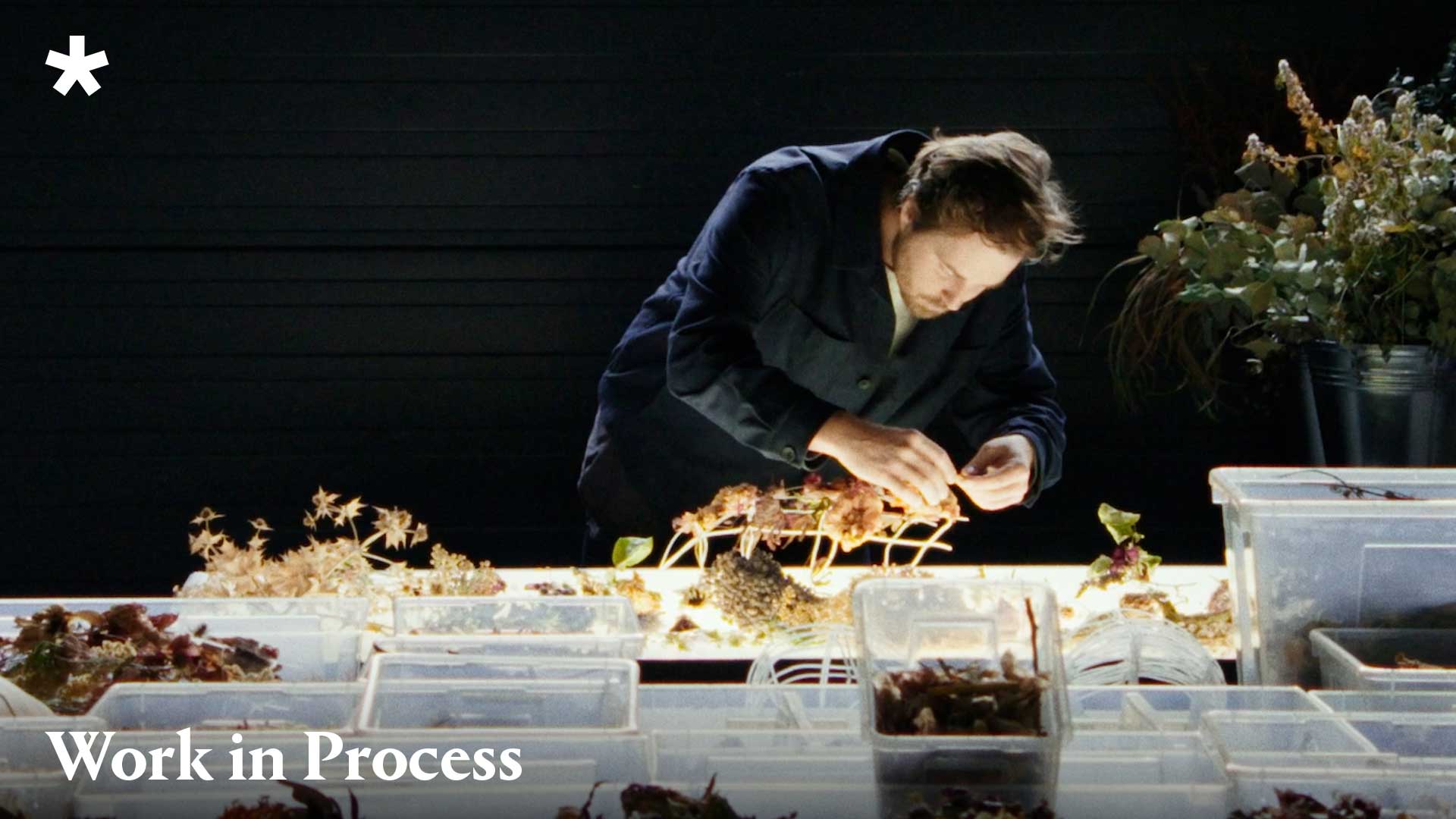 Work in Process, episode three: in the studio with botanical designer-artist Marcin Rusak
Work in Process, episode three: in the studio with botanical designer-artist Marcin RusakIn this video series, Wallpaper* discovers the processes by which creative visionaries bring their work to life. Here, we head to the outskirts of Warsaw, where Rusak turns plant matter into stunning designs
-
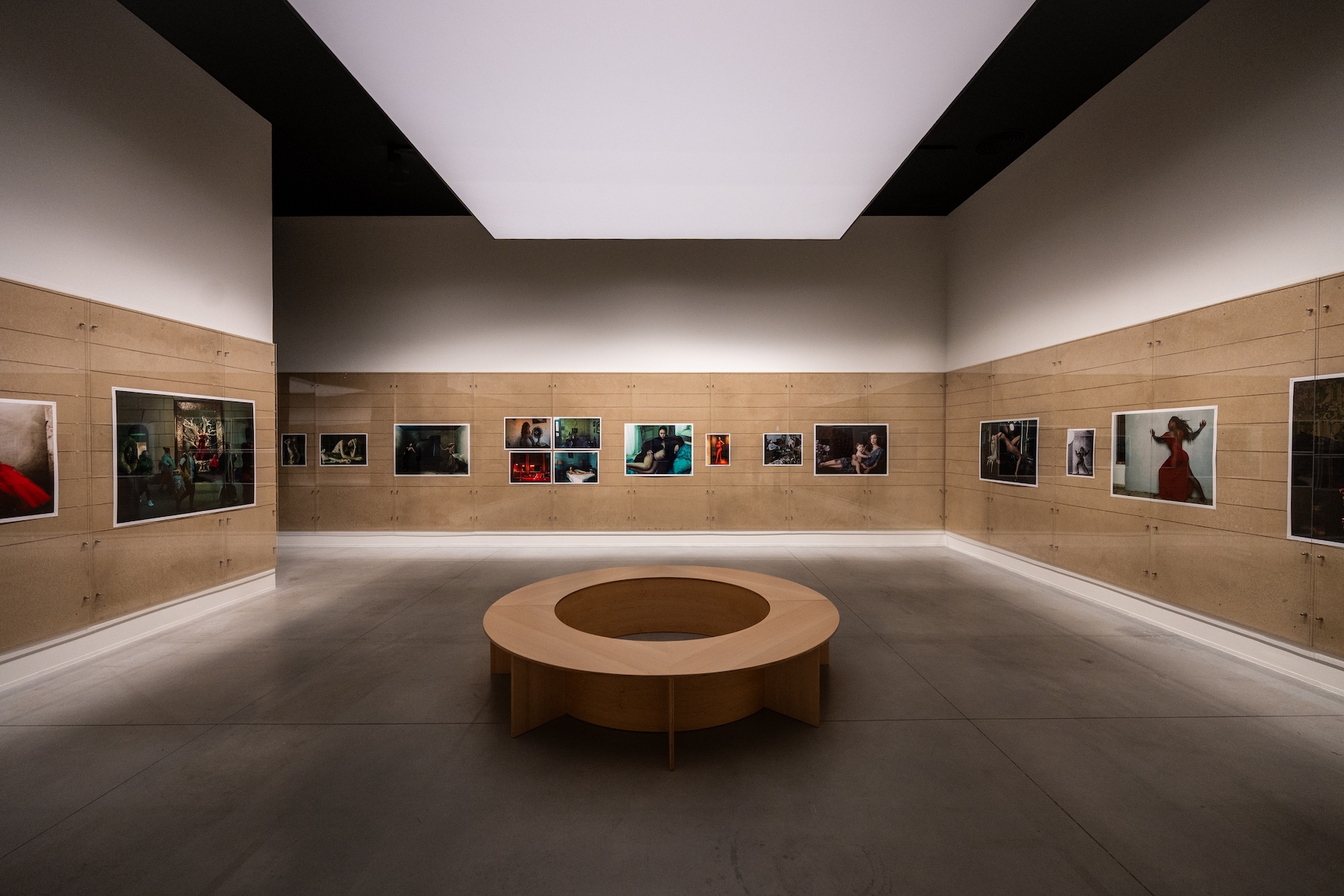 In A Coruña, a new exhibition celebrates the ‘grandeur and beauty’ of Annie Leibovitz’s photography
In A Coruña, a new exhibition celebrates the ‘grandeur and beauty’ of Annie Leibovitz’s photographyHosted by the Marta Ortega Pérez (MOP) Foundation, ‘Wonderland’ traverses the American photographer’s extraordinary oeuvre, from her raw early work for Rolling Stone towards her fantastical fashion photography – much of which has not been previously on display
-
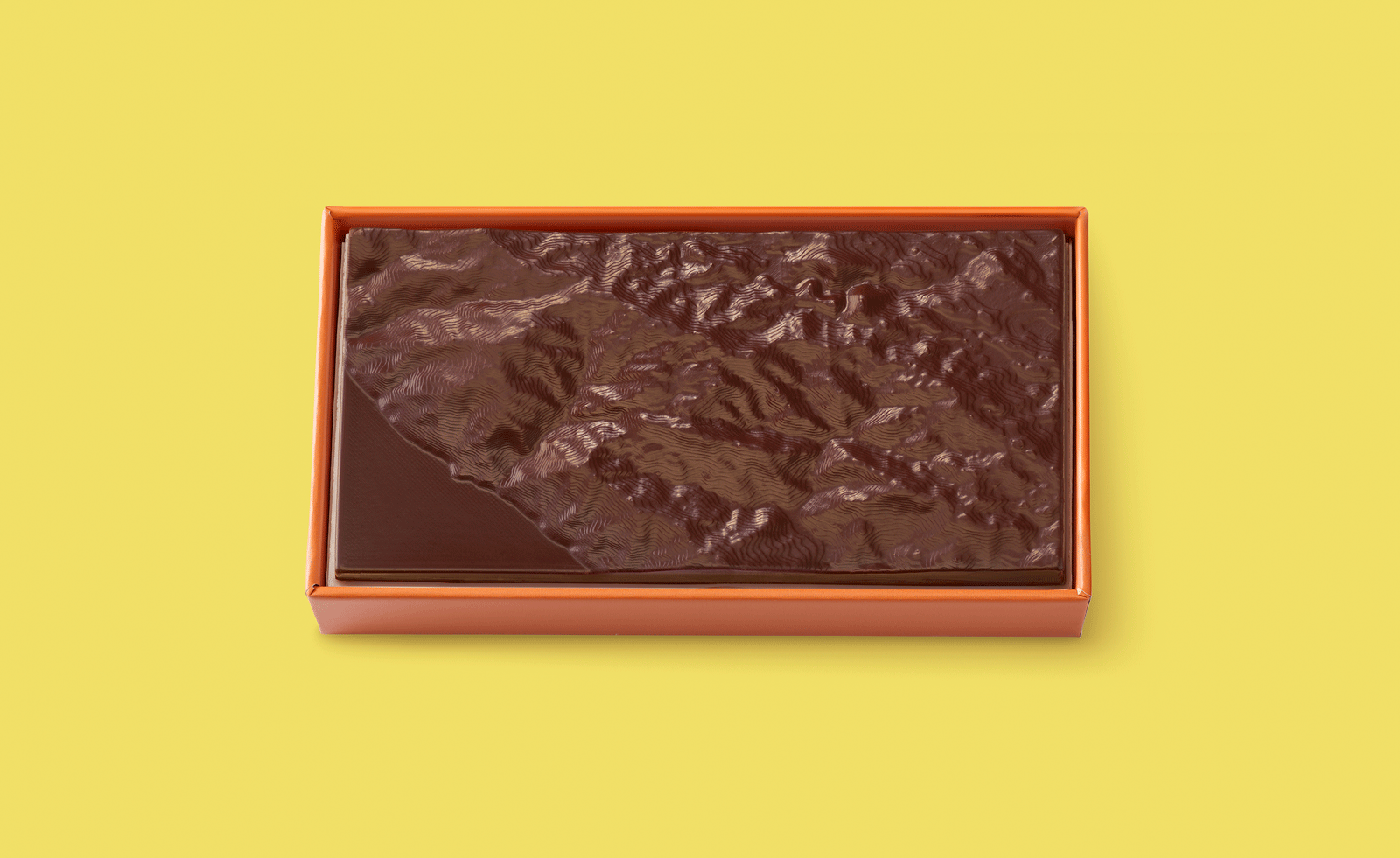 Ed Ruscha’s foray into chocolate is sweet, smart and very American
Ed Ruscha’s foray into chocolate is sweet, smart and very AmericanArt and chocolate combine deliciously in ‘Made in California’, a project from the artist with andSons Chocolatiers
-
 Inside the work of photographer Seydou Keïta, who captured portraits across West Africa
Inside the work of photographer Seydou Keïta, who captured portraits across West Africa‘Seydou Keïta: A Tactile Lens’, an exhibition at the Brooklyn Museum, New York, celebrates the 20th-century photographer
-
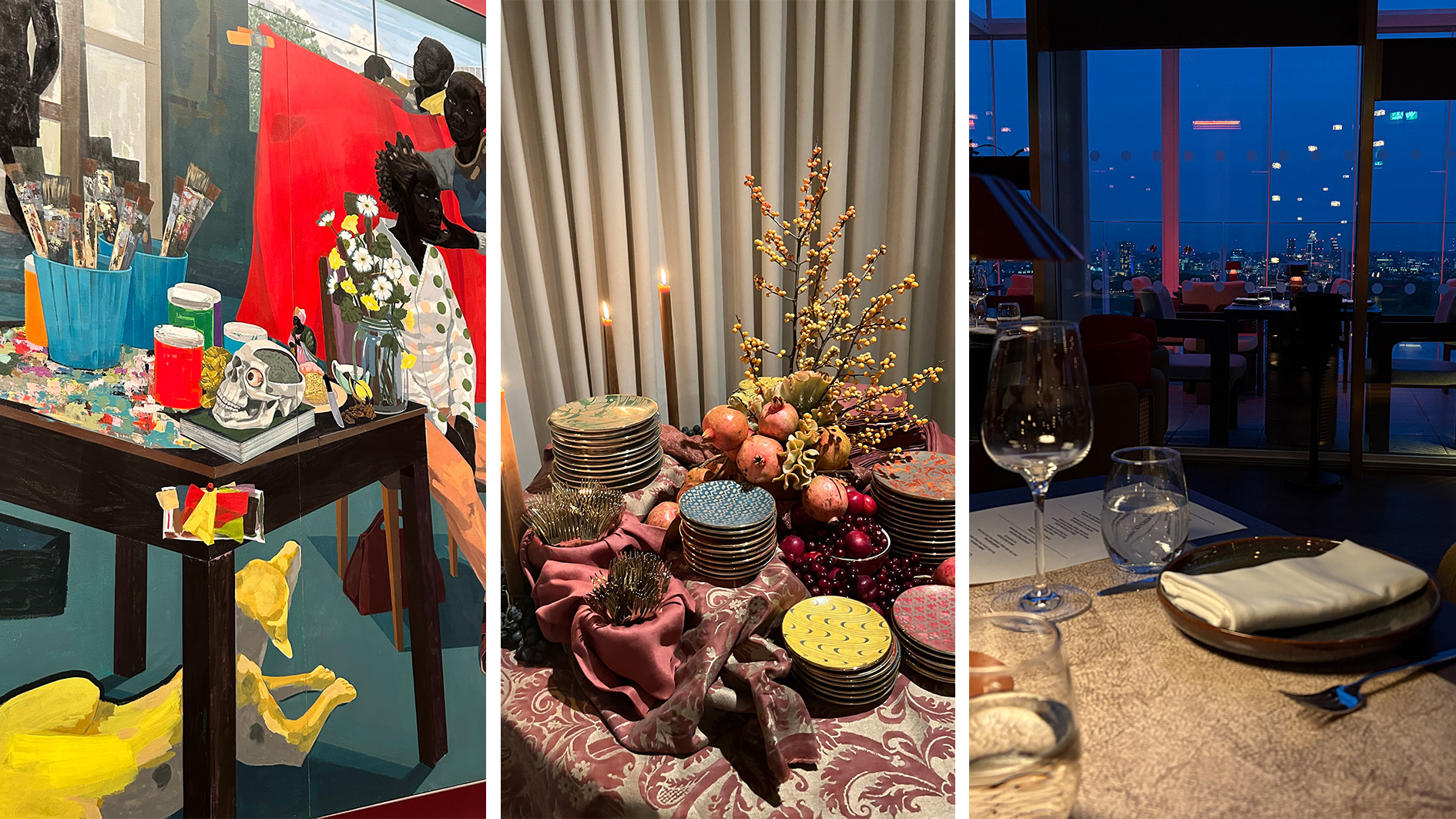 Out of office: The Wallpaper* editors’ picks of the week
Out of office: The Wallpaper* editors’ picks of the weekFrom sumo wrestling to Singaporean fare, medieval manuscripts to magnetic exhibitions, the Wallpaper* team have traversed the length and breadth of culture in the capital this week
-
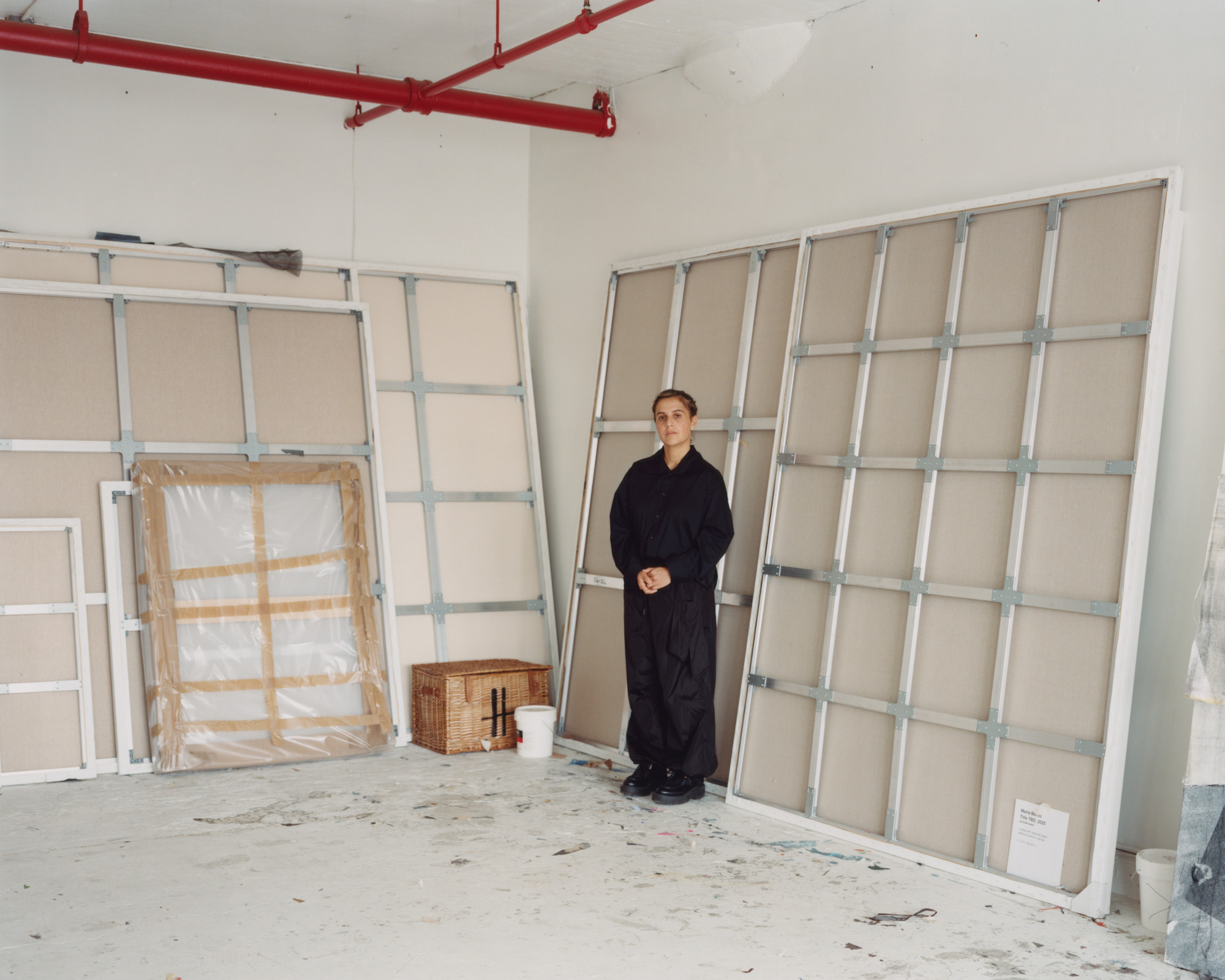 María Berrío creates fantastical worlds from Japanese-paper collages in New York
María Berrío creates fantastical worlds from Japanese-paper collages in New YorkNew York-based Colombian artist María Berrío explores a love of folklore and myth in delicate and colourful works on paper
-
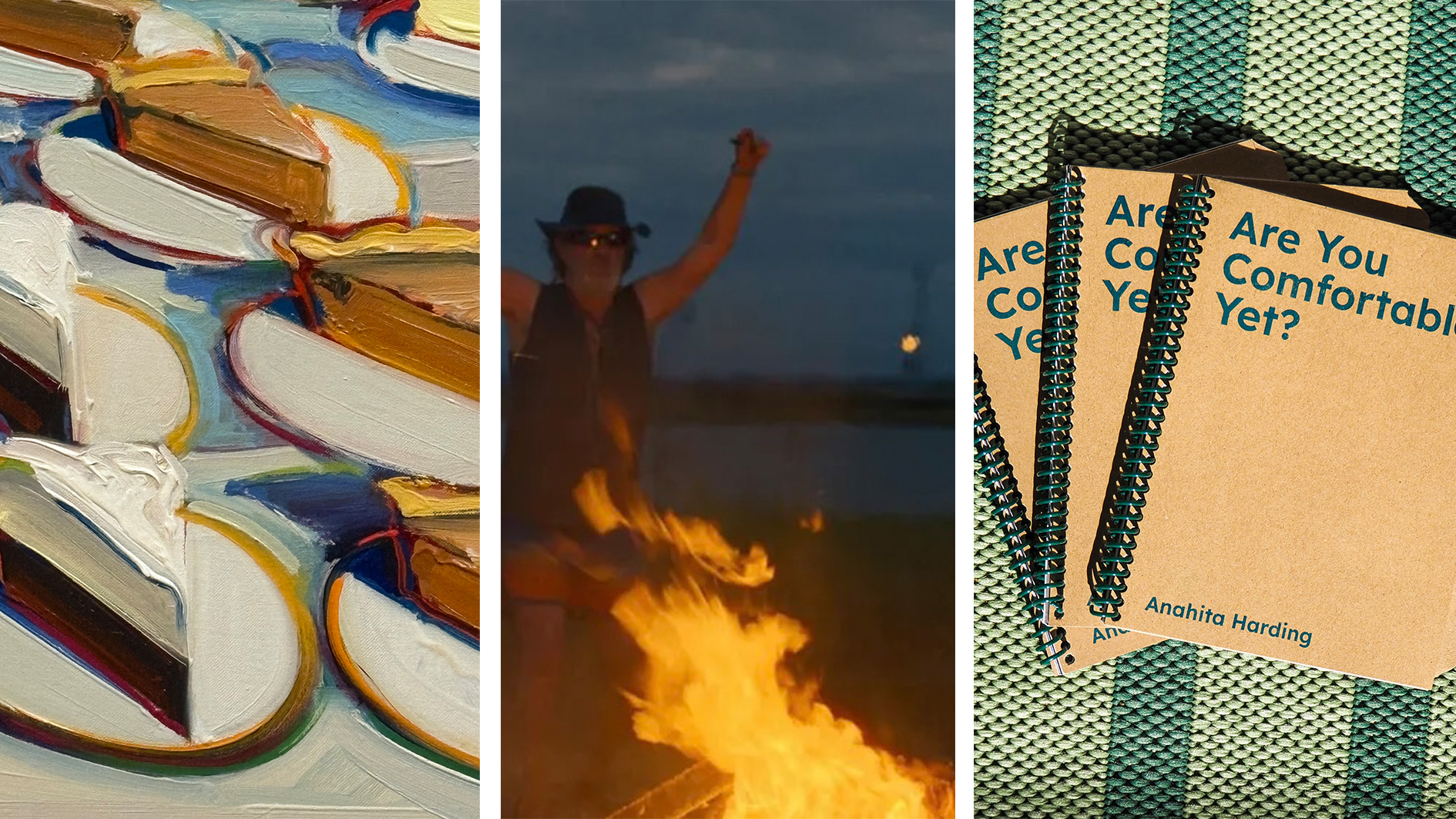 Out of office: the Wallpaper* editors’ picks of the week
Out of office: the Wallpaper* editors’ picks of the weekAs we approach Frieze, our editors have been trawling the capital's galleries. Elsewhere: a 'Wineglass' marathon, a must-see film, and a visit to a science museum
-
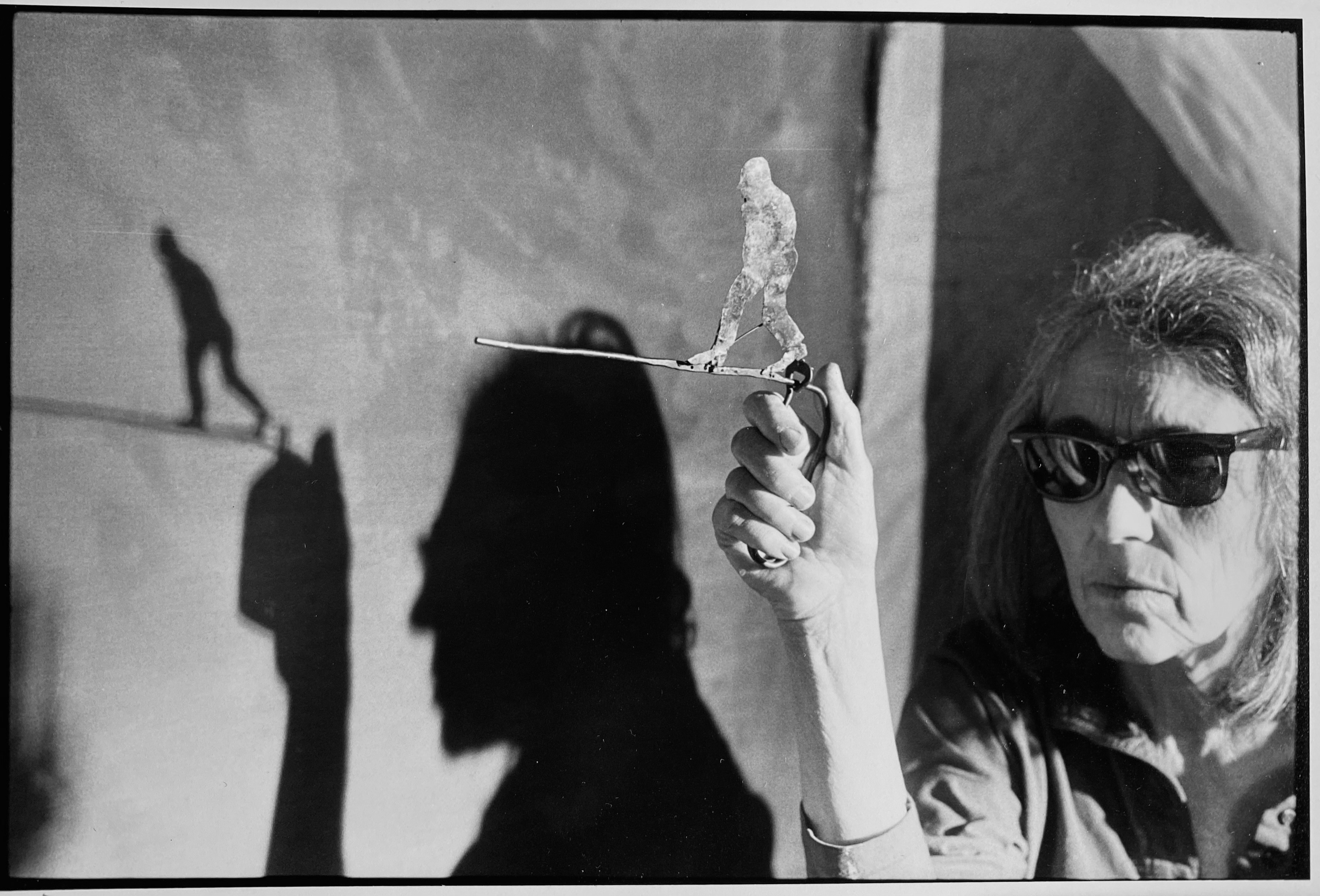 June Leaf’s New York survey captures a life in motion
June Leaf’s New York survey captures a life in motionJune Leaf made art in many forms for over seven decades, with an unstoppable energy and fierce appetite leading her to rationalise life in her own terms.
-
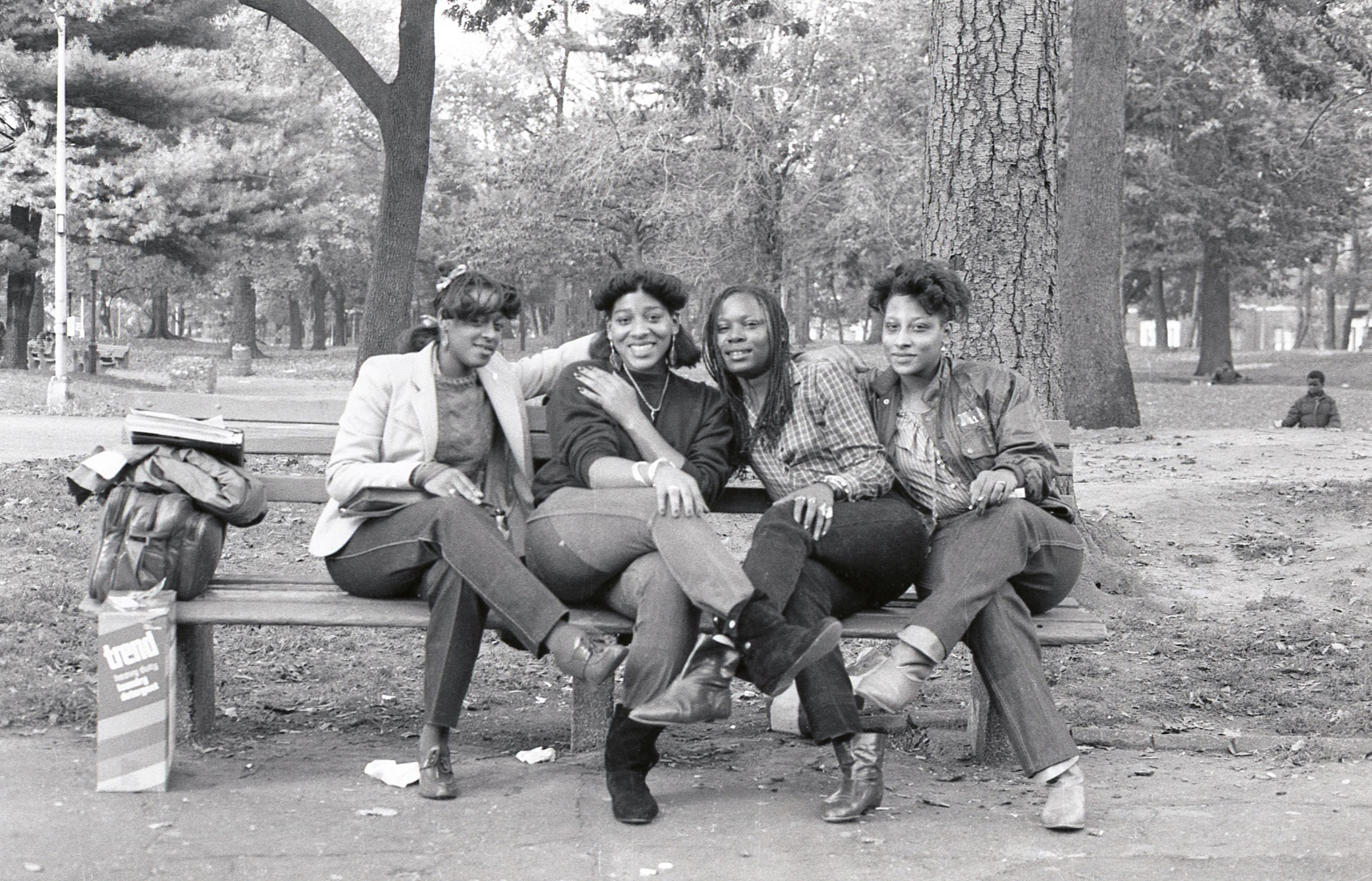 Jamel Shabazz’s photographs are a love letter to Prospect Park
Jamel Shabazz’s photographs are a love letter to Prospect ParkIn a new book, ‘Prospect Park: Photographs of a Brooklyn Oasis, 1980 to 2025’, Jamel Shabazz discovers a warmer side of human nature
-
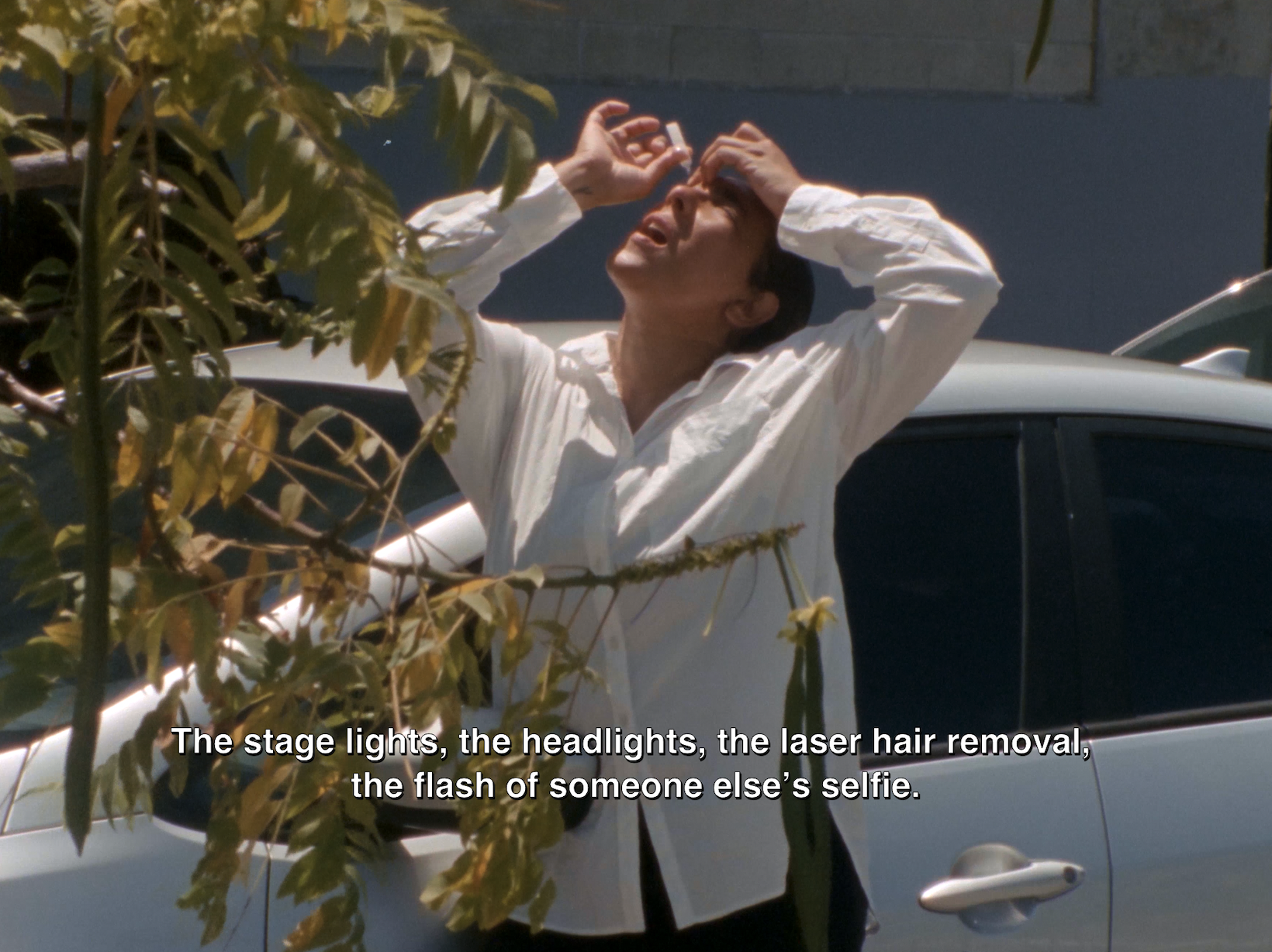 The Hammer Museum in Los Angeles launches the seventh iteration of its highly anticipated artist biennial
The Hammer Museum in Los Angeles launches the seventh iteration of its highly anticipated artist biennialOne of the gallery's flagship exhibitions, Made in LA showcases the breadth and depth of the city's contemporary art scene